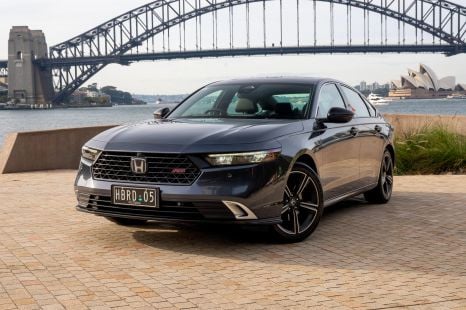

Andrew Maclean
1 Month Ago
Tesla looks set to announce a reusable low-cost, long-range battery that uses less environmentally harmful materials for the Model 3 sedan within a few months.
Inside sources have told Reuters the new battery will bring the cost of electric vehicles down significantly, matching – or even undercutting – the price of internal-combustion engine models.
Tesla CEO Elon Musk is expected to reveal its plans at its “Battery Day” event, which has been delayed until June (or later).
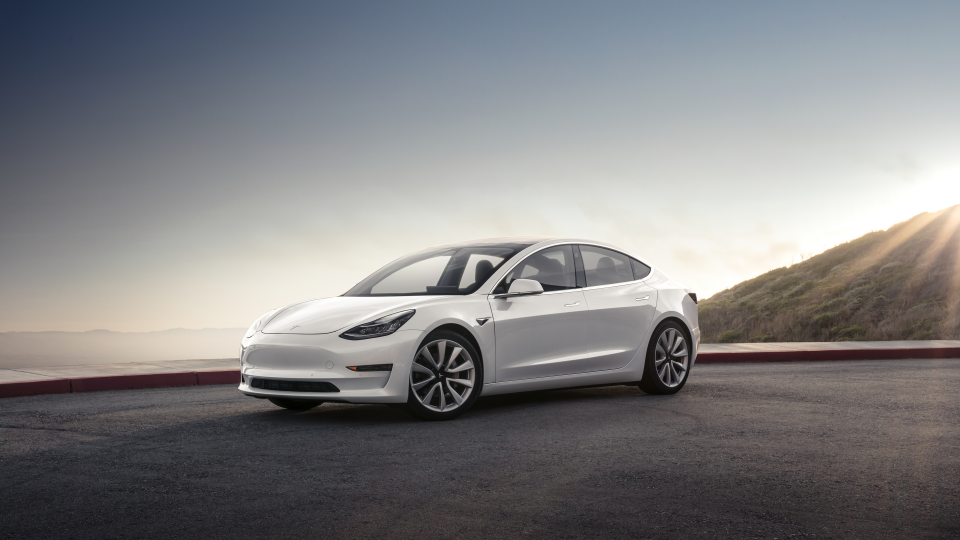
The new low-cost batteries are reportedly designed to last around 1.6 million kilometres. They’re expected to debut on Tesla Model 3s built in Shanghai for the Chinese market this year or early 2021 as a test bed.
The technology will then be gradually introduced to other Tesla models and in other markets, including North America.
The battery will be improved with greater energy density and storage capacity than current Tesla lithium-ion packs.
Low-cobalt and cobalt-free battery chemistries, chemical additives, materials and coatings are used to reduce the internal stress of the batteries, and enable them to store more energy for longer periods.

The new battery attempts to avoid using cobalt, which damages the environment during its extraction process. It is also the most expensive metal in electric vehicle batteries.
Cobalt has also been associated with violations of human rights, especially in the Democratic Republic of Congo.
Further improving the sustainability of its batteries, Tesla plans to recycle and recover expensive metals such as nickel, cobalt and lithium through affiliate recycling company, Redwood Materials.
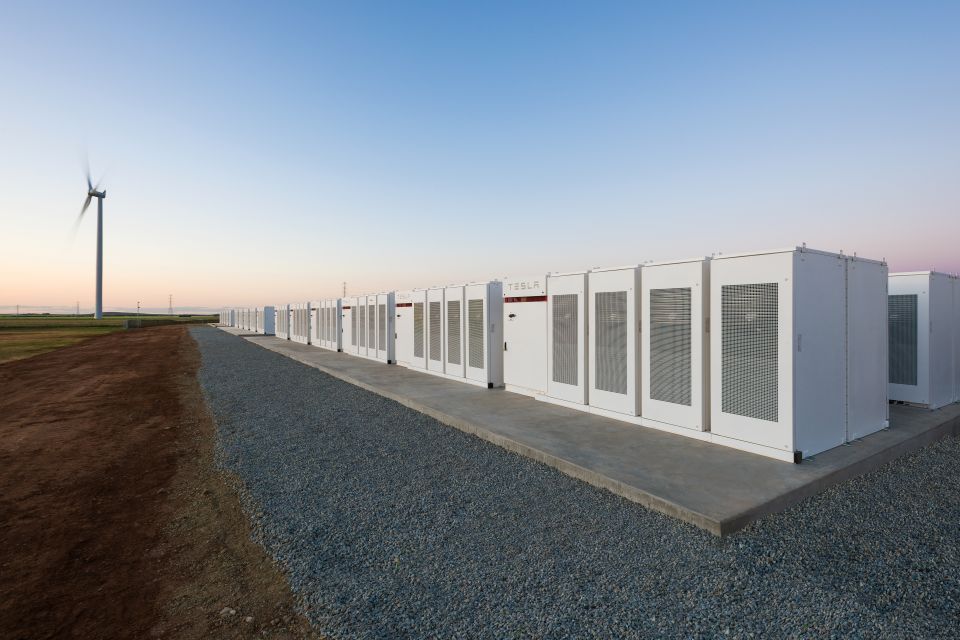
The new low-cost battery could also be reused in “second life” and “third life” applications, such as utilising retired battery packs in energy grid storage systems like the Tesla battery reserve in South Australia.
Tesla wants to become a power company – supplying electricity to consumers and businesses – most likely through a vehicle-to-grid system allowing buildings to draw power from electric car battery packs.
This system has already been showcased by Nissan, where the pure-electric Leaf model can be used as an emergency energy backup. Mitsubishi also allows the lithium-ion battery in the Outlander PHEV Exceed to be used as a generator.
Vehicle-to-grid is expected to be commercially available in Japan by the end of this year.
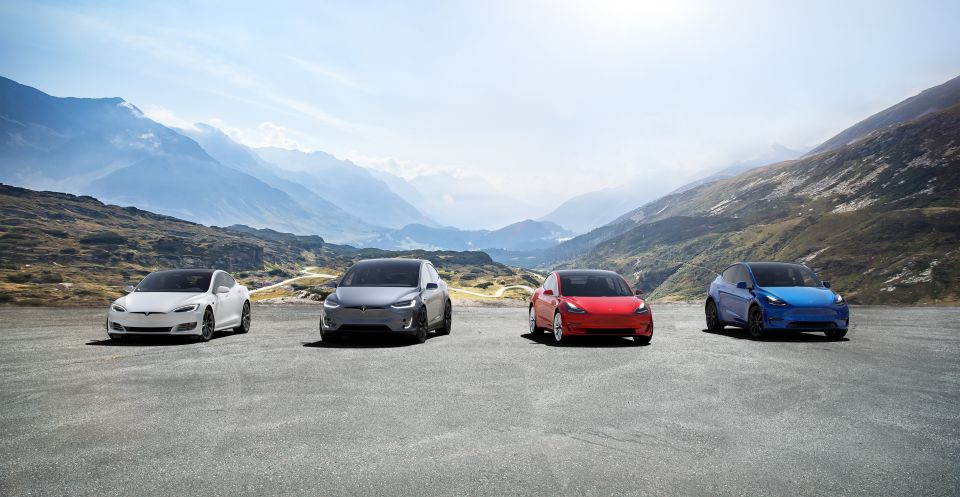
The “million mile” battery is being jointly developed with Contemporary Amperex Technology (CATL), a Chinese firm that develops research and development, and the production of electric vehicle and energy storage batteries.
A team of academic battery experts have reportedly been personally recruited by Musk for this collaboration.
In 2021, CATL will reportedly also supply Tesla China with an improved long-life and more eco-friendly nickel-manganese-cobalt battery (NMC) with 50 per cent nickel and 20 per cent cobalt.
It is unclear how the improved NMC battery will be used in China, but it could be for the soon-to-be produced Model Y SUV or other models in the Model 3 line-up.
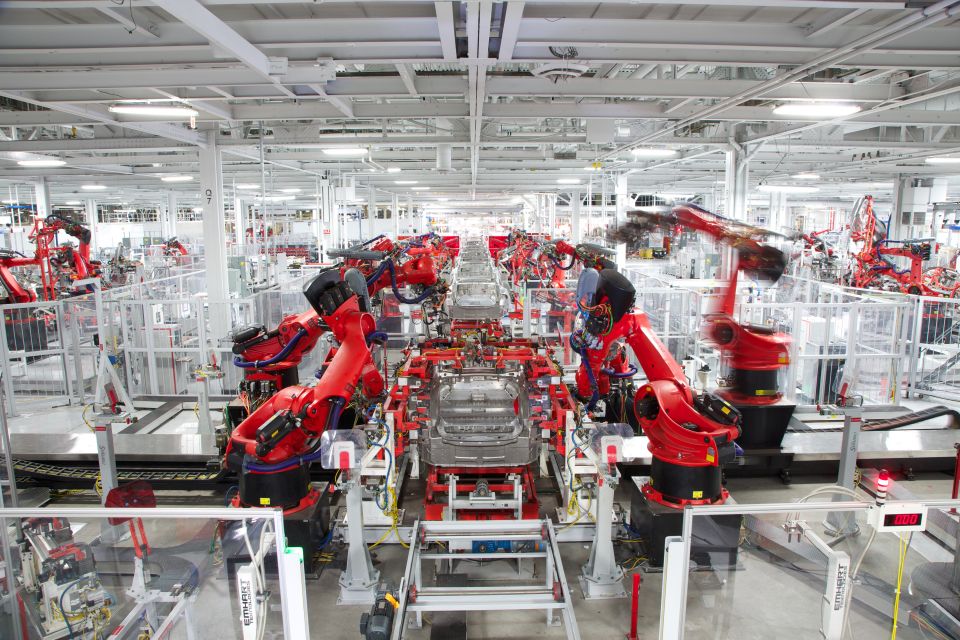
Also in the works is a new high-speed, automated battery manufacturing process designed to reduce labor costs and increase production in large “terafactories” – 30 times the size of its current Nevada Gigafactory battery production plant.
Currently, Tesla produces nickel-cobalt-aluminum batteries with partner Panasonic, and buys NMC batteries from LG Chem in China.
Tesla’s new strategy aims to drive greater profitability as it competes with a growing crown of fully-electric models from traditional and new carmakers.
Take advantage of Australia's BIGGEST new car website to find a great deal on a Tesla Model 3.


Andrew Maclean
1 Month Ago
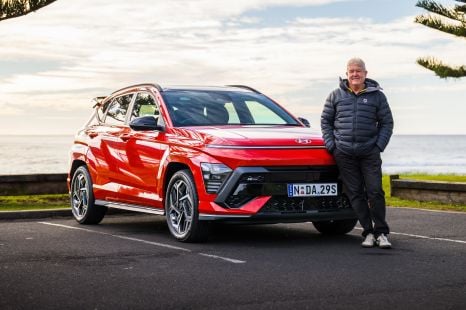

Anthony Crawford
1 Month Ago
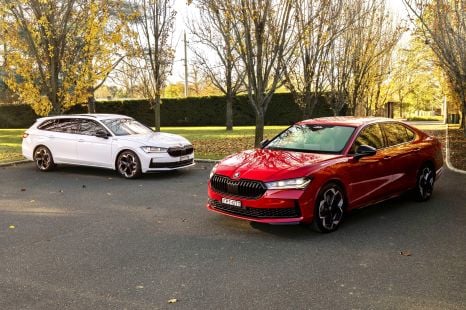

Max Davies
1 Month Ago
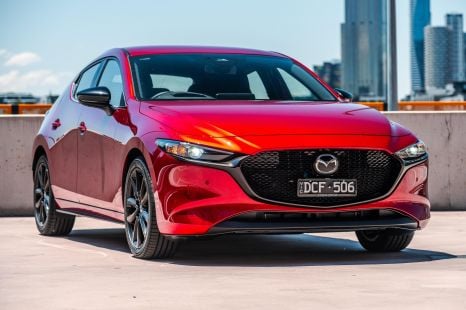

Josh Nevett
28 Days Ago
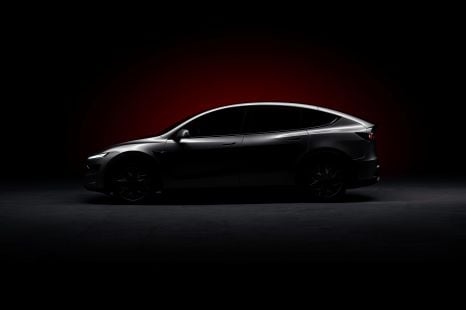

William Stopford
9 Days Ago
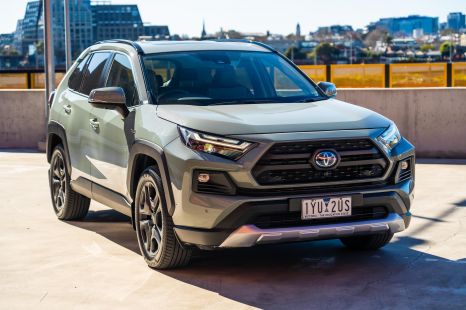

Marton Pettendy
8 Days Ago